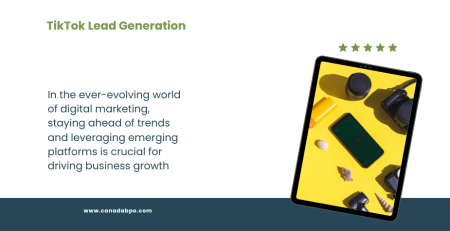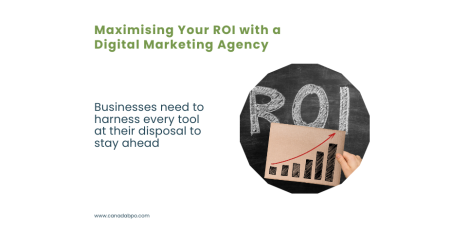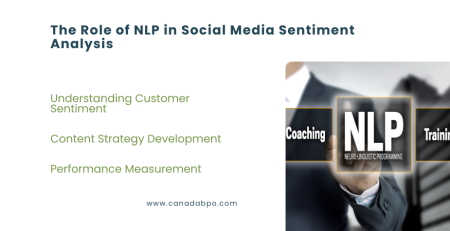Social media sentiment monitoring has emerged as a vital tool in this endeavor, allowing businesses to capture and analyze customer emotions expressed on platforms like Twitter, Facebook, Instagram, and more. This blog post will explore how digital marketing services utilize social media sentiment analysis to implement effective business strategies and drive growth.
What is Social Media Sentiment Monitoring?
Social media sentiment monitoring refers to the process of tracking and analyzing customer opinions, attitudes, and emotions expressed in social media conversations. This involves using various tools and algorithms to assess the sentiment behind social media posts, comments, and reviews, categorizing them as positive, negative, or neutral. By monitoring sentiment, businesses can gain valuable insights into how their brand, products, or services are perceived by the public.
Why is Social Media Sentiment Monitoring Important?
- Real-Time Insights:
- Social media sentiment monitoring allows businesses to gather real-time feedback from their audience. This immediate insight helps brands stay attuned to customer feelings and respond swiftly to emerging trends or concerns.
- Brand Reputation Management:
- Monitoring sentiment helps businesses manage their online reputation. By identifying negative sentiment early, companies can address issues proactively, mitigating potential crises before they escalate.
- Customer Engagement:
- By understanding customer sentiment, businesses can engage more effectively with their audience. Positive sentiments can be amplified through marketing campaigns, while negative sentiments can guide improvements in products and services.
- Competitive Analysis:
- Social media sentiment monitoring isn’t just about your brand; it can also provide insights into competitors. By analyzing sentiment around competing brands, businesses can identify strengths and weaknesses, helping to shape their own marketing strategies.
How Digital Marketing Services Implement Social Media Sentiment Monitoring
Digital marketing services leverage social media sentiment monitoring in various ways to enhance their strategies and drive business growth:
- Sentiment Analysis Tools:
- Many digital marketing agencies utilize advanced sentiment analysis tools that employ Natural Language Processing (NLP) algorithms to analyze large volumes of social media data. These tools can detect nuances in language and emotion, providing a comprehensive view of customer sentiment.
- Data Collection:
- Digital marketers collect data from various social media platforms, including posts, comments, hashtags, and mentions. This data serves as the foundation for sentiment analysis, offering a wealth of information about customer opinions and trends.
- Identifying Trends and Patterns:
- By continuously monitoring social media sentiment, marketers can identify emerging trends and patterns in customer behavior. For instance, if a new feature receives overwhelmingly positive feedback, marketers can capitalize on this insight in promotional campaigns.
- Crisis Management:
- In times of crisis, social media sentiment monitoring is essential. Digital marketing services can quickly identify spikes in negative sentiment, allowing brands to respond with transparency and take corrective actions to mitigate damage.
- Improving Products and Services:
- Insights gained from sentiment monitoring can inform product development and enhancements. By understanding customer pain points and preferences, businesses can make informed decisions to improve their offerings.
Steps to Implement Social Media Sentiment Monitoring
To effectively implement social media sentiment monitoring, digital marketing teams can follow these steps:
- Define Objectives:
- Clearly outline what you aim to achieve through sentiment monitoring. This could include improving brand reputation, enhancing customer service, or gathering insights for new product development.
- Select the Right Tools:
- Choose sentiment analysis tools that align with your business goals. Popular options include Hootsuite, Brandwatch, and Sprout Social, each offering unique features for monitoring social media sentiment.
- Data Collection and Analysis:
- Gather relevant data from various social media platforms. Use your chosen tools to analyze this data and extract sentiment insights. This analysis should include identifying keywords, hashtags, and common phrases that convey sentiment.
- Monitor Continuously:
- Social media sentiment monitoring is not a one-time task. Implement a continuous monitoring process to track changes in sentiment over time. This approach allows for timely responses to customer feedback and emerging trends.
- Act on Insights:
- Use the insights gained from sentiment monitoring to inform your marketing strategies. Adjust your messaging, address customer concerns, and capitalize on positive sentiment to enhance customer engagement.
Social media sentiment monitoring is a game-changer for businesses looking to enhance their digital marketing strategies. By leveraging sentiment analysis, brands can gain real-time insights into customer emotions, manage their reputation, and engage effectively with their audience.
Digital marketing services play a crucial role in implementing sentiment monitoring, helping businesses navigate the complexities of social media. As consumer preferences continue to evolve, embracing social media sentiment monitoring can empower brands to adapt, innovate, and thrive in the competitive digital landscape.
Investing in sentiment monitoring is not just about understanding what customers think; it’s about using that knowledge to shape a more effective, customer-centric marketing strategy. In the age of social media, where customer opinions can quickly influence brand perception, being attuned to sentiment is essential for long-term success.










